Shearing a dusty plasma with a laser shows how vibrational modes lead to weak points in an amorphous active system.


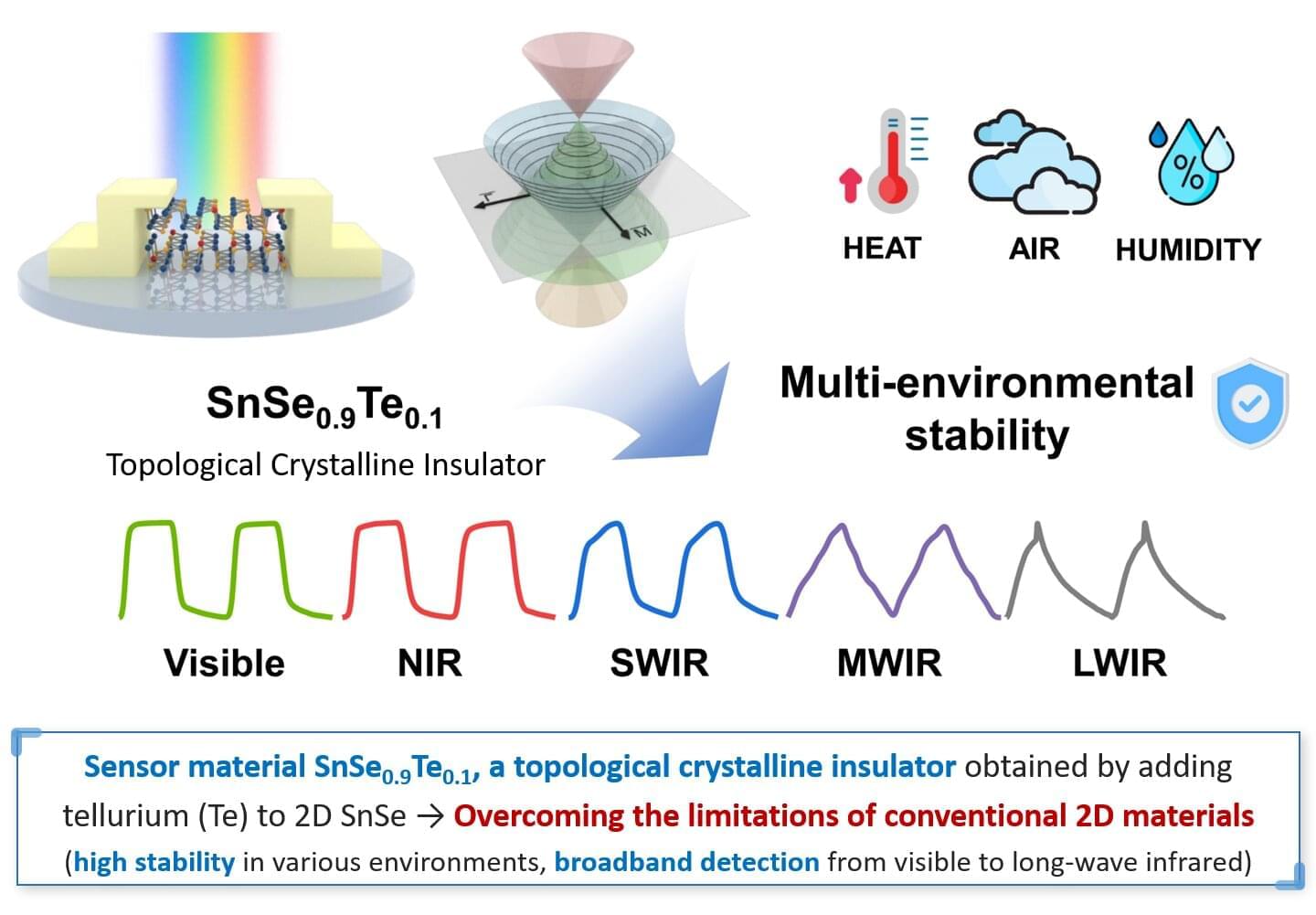
A research team in South Korea has developed a next-generation sensor material capable of integrating the detection of multiple light wavelengths.
A joint research team led by Dr. Wooseok Song at the Korea Research Institute of Chemical Technology (KRICT) and Professor Dae Ho Yoon at Sungkyunkwan University successfully developed a new broadband photodetector material that can sense a wider range of wavelengths compared to existing commercial materials, and achieved cost-effective synthesis on a 6-inch wafer-scale substrate.
This research is published in ACS Nano.
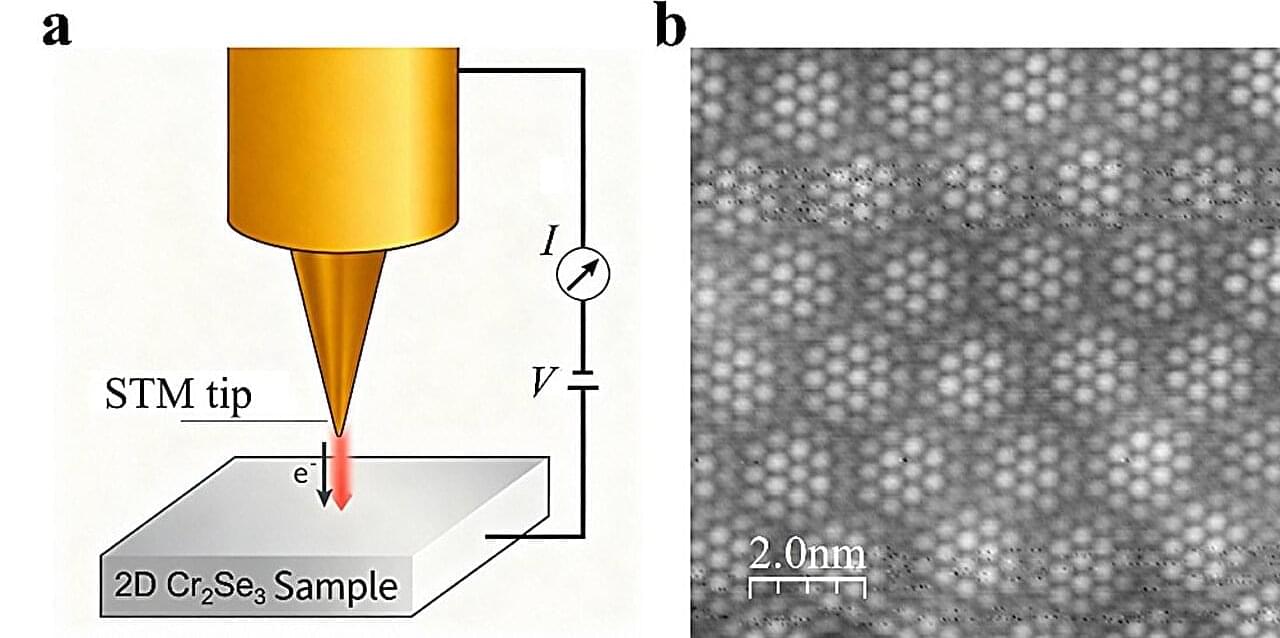
Researchers at the National University of Singapore (NUS) have observed a doping-tunable charge density wave (CDW) in a single-layer semiconductor, Chromium(III) selenide (Cr2Se3), extending the CDW phenomenon from metals to doped semiconductors.
CDWs are intriguing electronic patterns widely observed in metallic two-dimensional (2D) transition metal chalcogenides (TMCs). The study of CDW provides insights into emergent orders in quantum materials, where electron correlations play a non-negligible role. However, most reported TMCs exhibiting CDW are intrinsic metals, and tuning their carrier density is predominantly accomplished through intercalation or atomic substitution. These approaches may introduce impurities or defects that complicate the understanding of the underlying mechanisms.
A research team led by Professor Chen Wei from the Department of Physics and the Department of Chemistry at NUS, synthesized single-layer semiconducting Cr2Se3 and demonstrated the CDW phenomenon using scanning tunneling microscopy (STM).

Transistors, the building blocks of modern electronics, are typically made of silicon. Because it’s a semiconductor, this material can control the flow of electricity in a circuit. But silicon has fundamental physical limits that restrict how compact and energy-efficient a transistor can be.
MIT researchers have now replaced silicon with a magnetic semiconductor, creating a magnetic transistor that could enable smaller, faster, and more energy-efficient circuits. The material’s magnetism strongly influences its electronic behavior, leading to more efficient control of the flow of electricity.
The team used a novel magnetic material and an optimization process that reduces the material’s defects, which boosts the transistor’s performance.

Transistors, the building blocks of modern electronics, are typically made of silicon. Because it’s a semiconductor, this material can control the flow of electricity in a circuit. But silicon has fundamental physical limits that restrict how compact and energy-efficient a transistor can be.
MIT researchers have now replaced silicon with a magnetic semiconductor, creating a magnetic transistor that could enable smaller, faster, and more energy-efficient circuits. The material’s magnetism strongly influences its electronic behavior, leading to more efficient control of the flow of electricity.
The team used a novel magnetic material and an optimization process that reduces the material’s defects, which boosts the transistor’s performance.
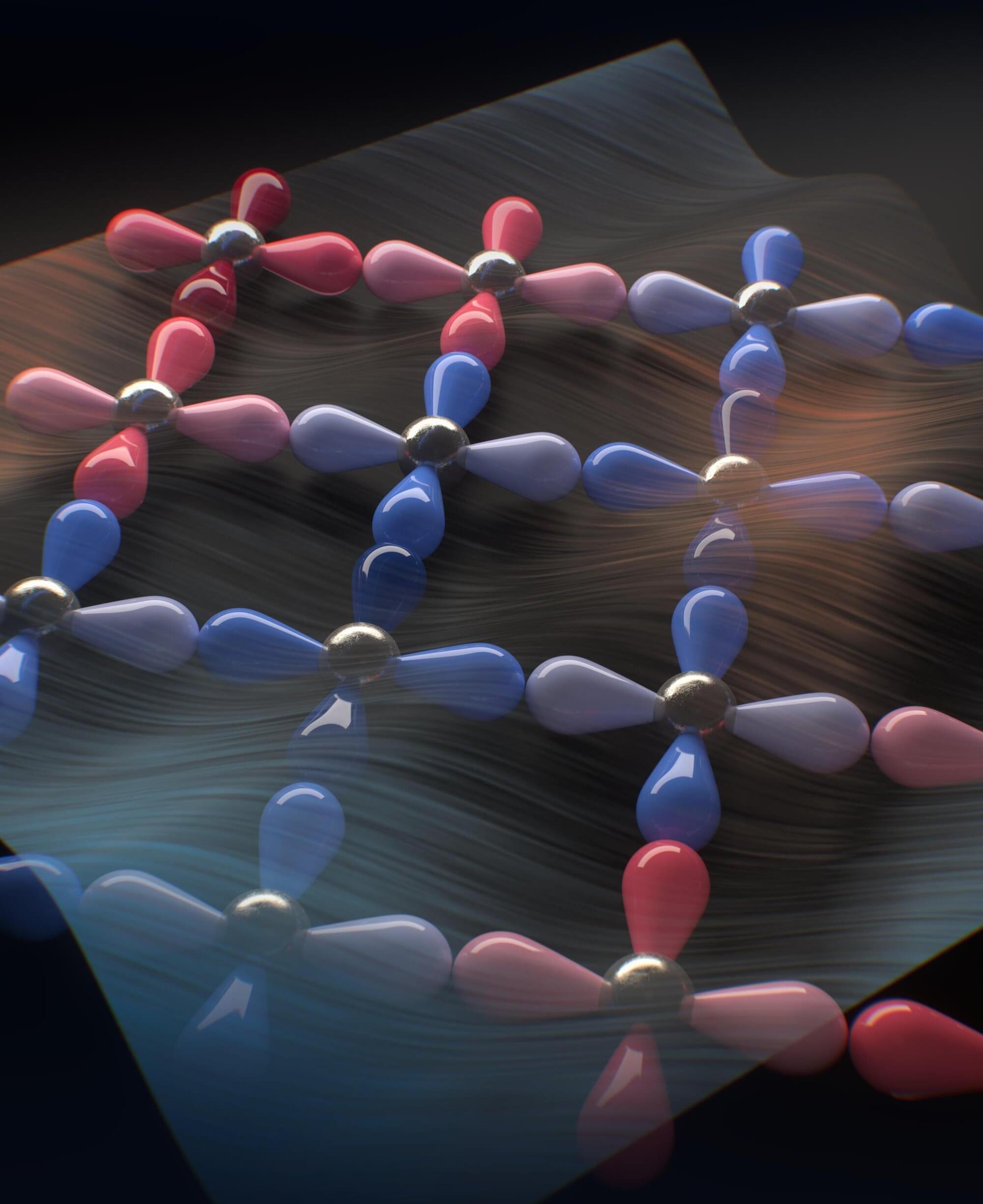
The discovery of “hidden orders,” organization patterns in materials that cannot be detected using conventional measurement tools, can yield valuable insight, which can in turn support the design of new materials with advantageous properties and characteristics. The hidden orders that condensed matter physicists hope to uncover lie within so-called charge density waves (CDWs).
CDWs are periodic wave-like modulations of the electronic charge inside a crystal. CDWs in rare-earth tellurides, compounds containing tellurium and other rare-earth elements, have been found to sometimes give rise to unusual physical phenomena that are not observed in the absence of these wave-like states of matter.
Researchers at Boston College, Cornell University and other institutes recently observed a ferroaxial order in rare-earth tellurides that appears to originate from a combination of coupled orbital and charge patterns.
Researchers led by Rice’s Yong Lin Kong have developed a soft but strong metamaterial that can be controlled remotely to rapidly transform its size and shape.
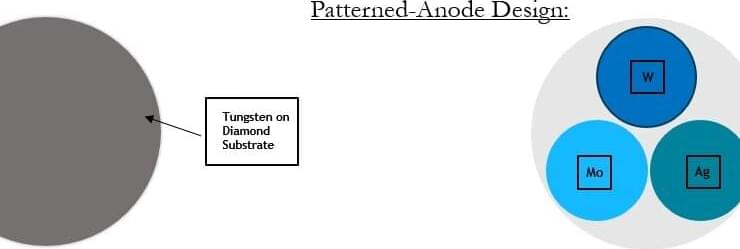
When German physicist Wilhelm Röntgen discovered X-rays in the late 1800s while experimenting with cathode ray tubes, it was a breakthrough that transformed science and medicine. So much so that the basic concept remains in use today. But a team of researchers at Sandia National Laboratories believes they’ve found a better way, harnessing different metals and the colors of light they emit.
“It’s called colorized hyperspectral X-ray imaging with multi-metal targets, or CHXI MMT for short,” said project lead Edward Jimenez, an optical engineer. Jimenez has been working with materials scientist Noelle Collins and electronics engineer Courtney Sovinec to create X-rays of the future.
“With this new technology, we are essentially going from the old way, which is black and white, to a whole new colored world where we can better identify materials and defects of interest,” Collins said.
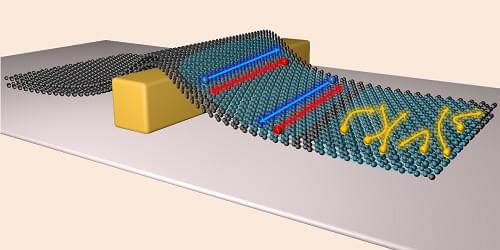
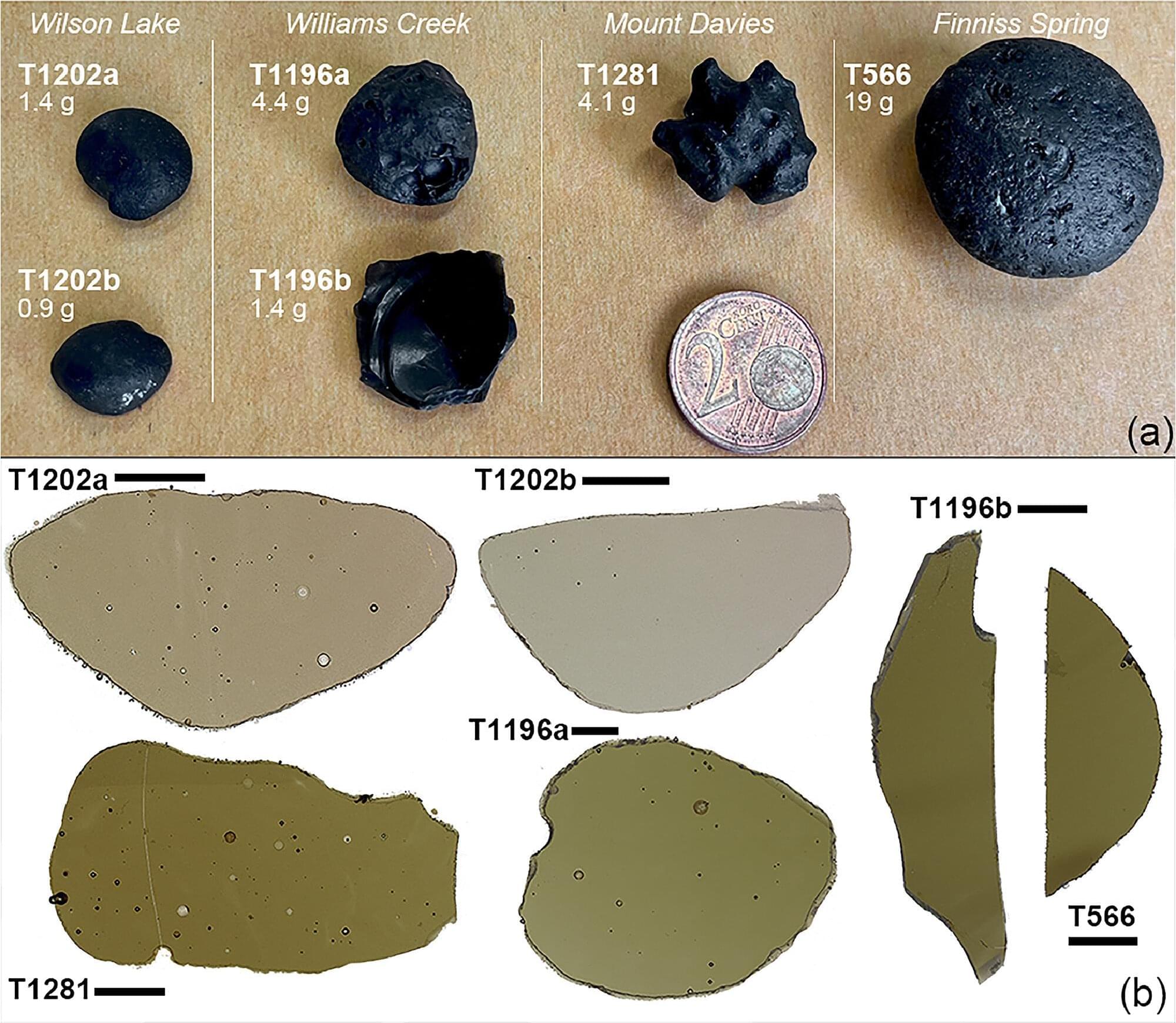
Throughout the planet, there are only a handful of known tektite strewn fields, which are large swaths of land where natural glass (tektite) was strewn about after forming from terrestrial material and being ejected from a meteorite impact. The tektite glass can be ejected extremely long distances, placing strewn fields far from their origins.